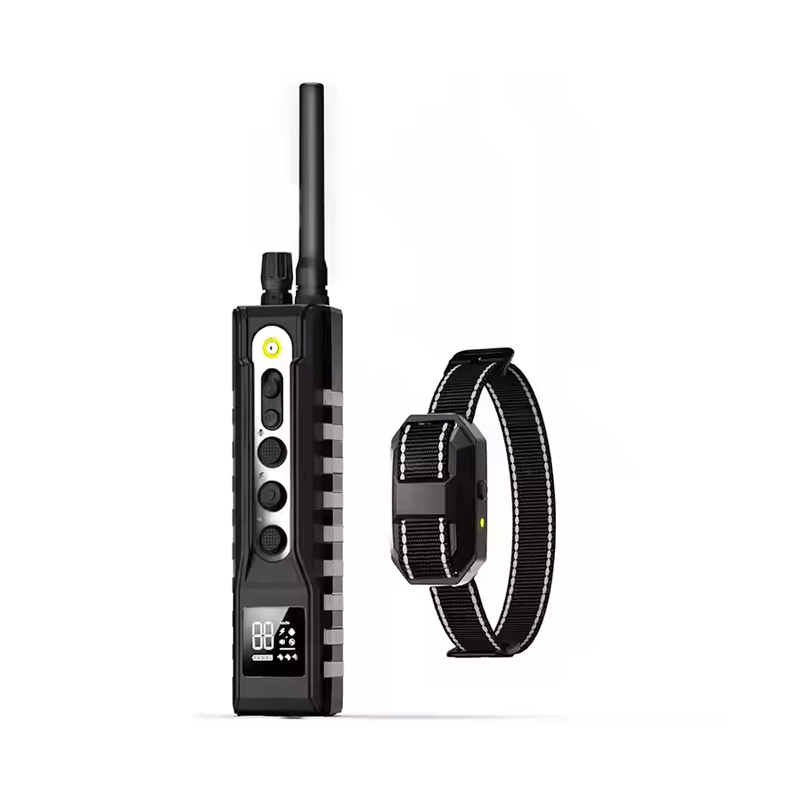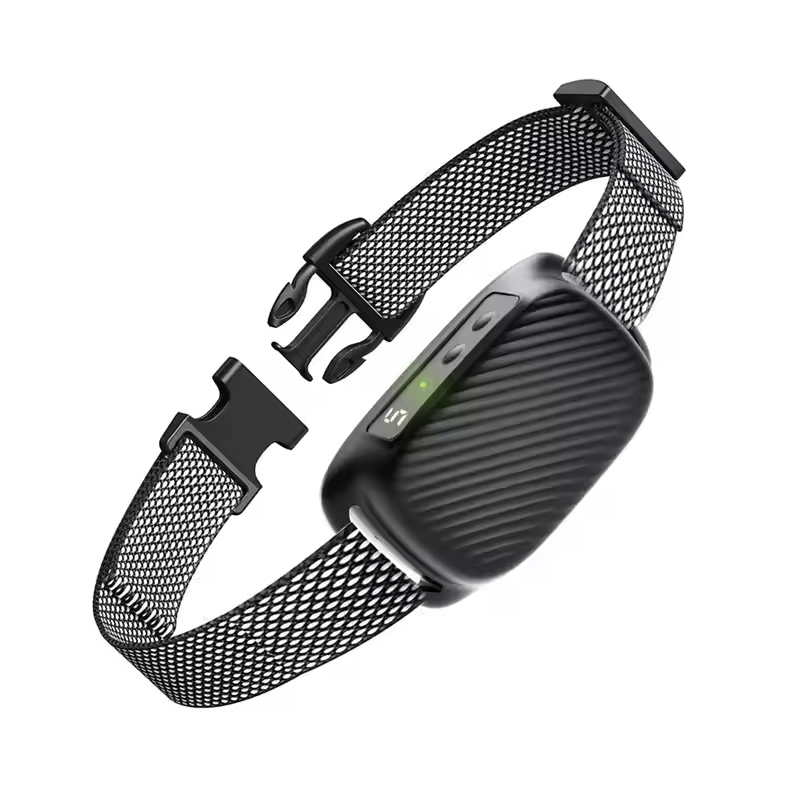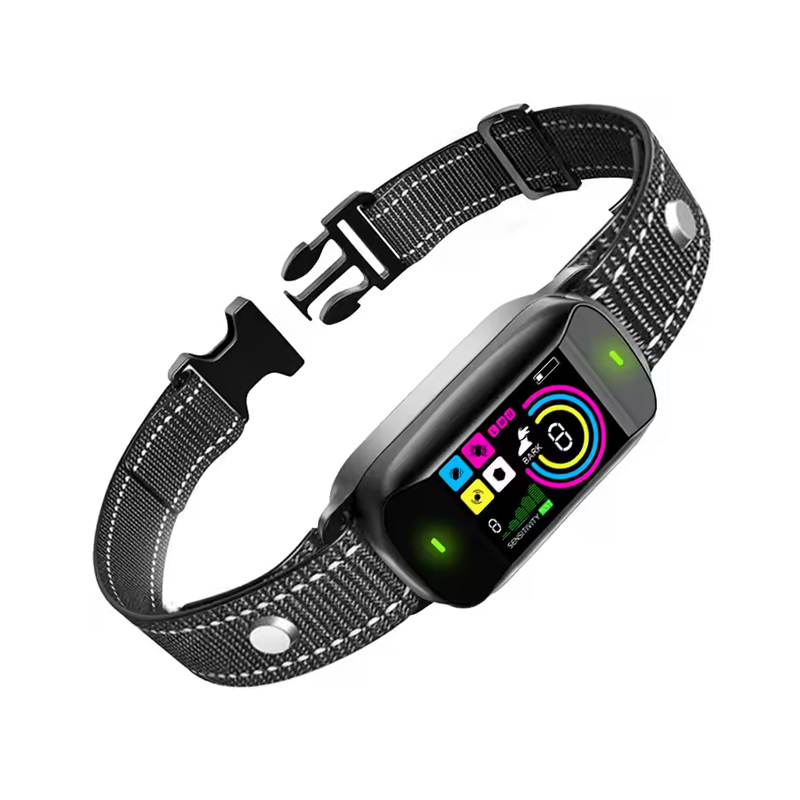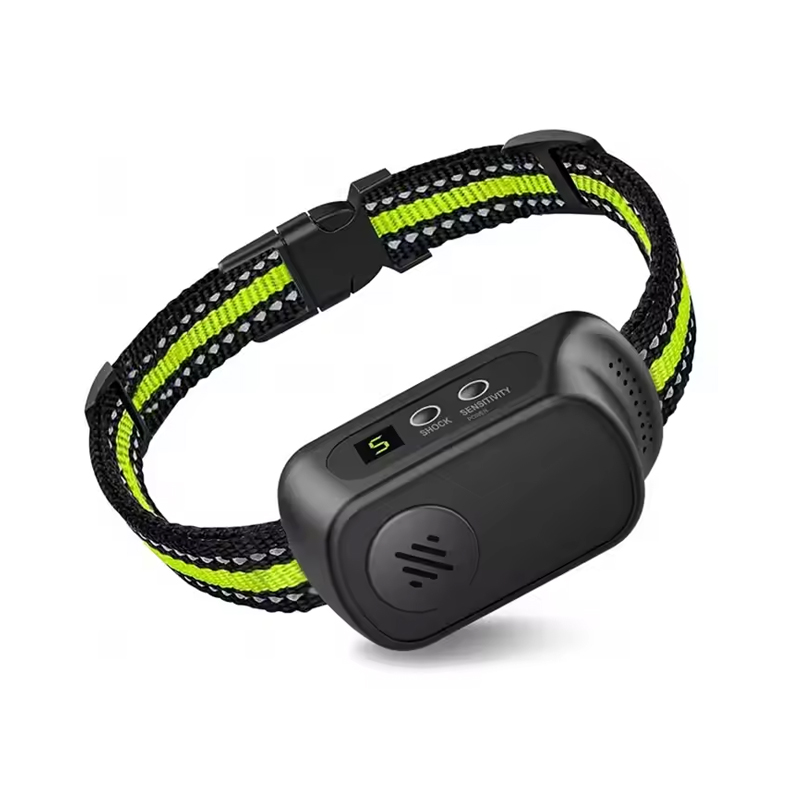- Type:
- Industry News
- Date:
- 2025-04-11
Collar & Harness guide Prevent Pulling Better Than a Regular Leash
Collar and harness guides have gained popularity in recent years due to their effectiveness in preventing pulling. These guides combine the functionality of a collar with the added support and control of a harness. This design allows for better distribution of force when a dog pulls, reducing the strain on the neck and providing more control for the owner.
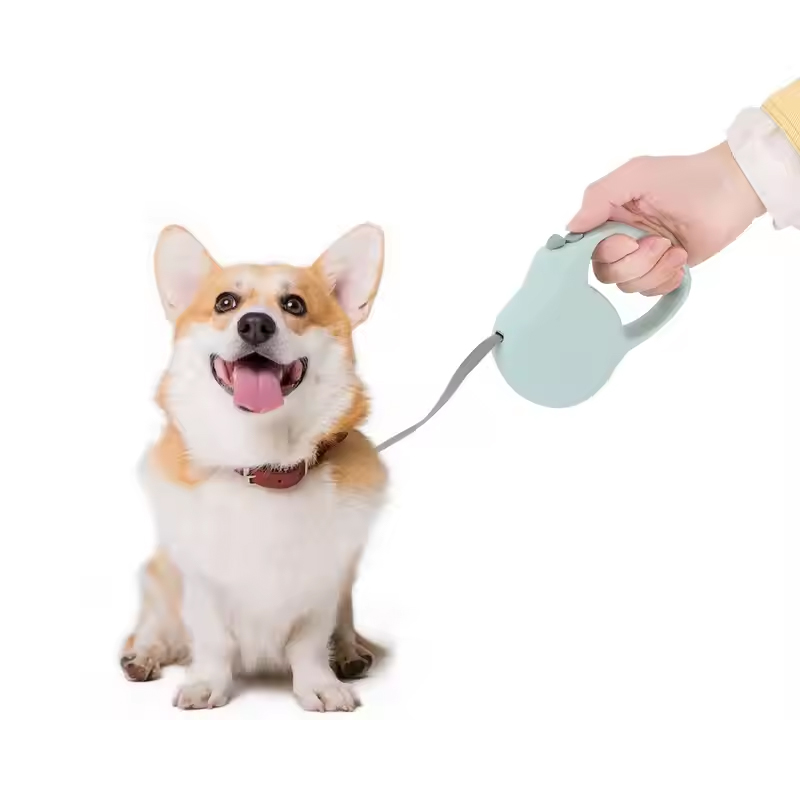
1. Better Control and Safety: One of the primary benefits of collar and harness guides is the enhanced control they offer. Unlike traditional collars, which can slip off or cause discomfort when a dog pulls, collar and harness guides provide a secure fit that is less likely to come loose. This added security is particularly important for larger dogs or those with a tendency to pull strongly.
2. Reduced Strain on the Neck: When a dog pulls on a traditional collar, the force is concentrated on the neck, which can cause injuries and discomfort. Collar and harness guides distribute this force across the chest and shoulders, reducing the strain on the neck and making the walking experience more comfortable for the dog.
3. Positive Reinforcement: Many collar and harness guides are designed to work with positive reinforcement training methods. By reducing the discomfort associated with pulling, these guides encourage dogs to walk more calmly and obediently. This can cause better behavior and a more enjoyable walking experience for both the dog and the owner.
4. Comfort and Fit: Collar and harness guides are available in a variety of sizes and materials to ensure a comfortable fit for dogs of all shapes and sizes. Whether you have a small puppy or a large breed dog, there is a collar and harness guide that will suit your pet's needs.
When selecting a collar and harness guide for your dog, it's important to consider several factors to ensure fit and functionality. Here are some tips to help you choose the right product:
1. Size and Fit: Measure your dog's neck and chest to ensure that the collar and harness guide fits snugly but comfortably. A properly fitted guide should not be too tight or too loose, allowing for easy movement without causing discomfort.
2. Material: Collar and harness guides are available in various materials, including nylon, leather, and mesh. Choose a material that is durable, comfortable, and easy to clean. Nylon guides are often a popular choice due to their durability and affordability.
3. Adjustability: Look for a collar and harness guide that offers adjustable straps. This will allow you to customize the fit to your dog's body shape, ensuring improve comfort and control.
4. Reflective Strips: For added safety, especially during early morning or evening walks, choose a collar and harness guide with reflective strips. This will make your dog more visible to drivers and other pedestrians, reducing the risk of accidents.
While collar and harness guides can significantly reduce pulling behavior, it's important to combine them with proper training techniques to achieve results. Here are some tips to help you train your dog to walk calmly using a collar and harness guide:
1. Introduce the guide Gradually: Allow your dog to get used to the feel of the collar and harness guide before taking them for a walk. Let them wear it around the house for short periods to become familiar with the sensation.
2.Positive Reinforcement: Use treats and praise to reward your dog for walking calmly and without pulling. This will help reinforce good behavior and make the walking experience more enjoyable for both of you.
3. Consistent Training: Be consistent in your training efforts. Use the same commands and rewards each time you go for a walk to help your dog understand what is expected of them.
4. Short and Frequent Walks: Start with short, frequent walks to help your dog build up their endurance and get used to walking with the collar and harness guide. Gradually increase the duration of walks as your dog becomes more comfortable and confident.
When choosing a collar and harness guide, consider factors such as size, material, adjustability, and safety features to ensure fit for your pet. Combine the use of a collar and harness guide with consistent training and positive reinforcement to achieve results. Whether you have a collar and guide puppy or an adult dog, investing in a high-quality collar and harness guide can make a significant difference in your walking experience, ensuring a safer and more enjoyable journey for both you and your furry friend.





